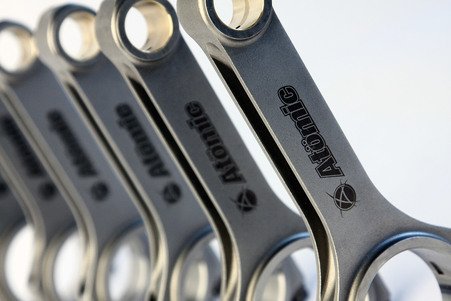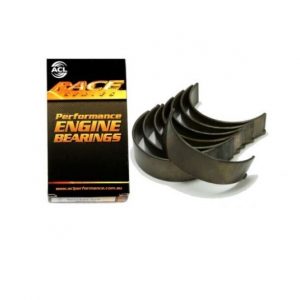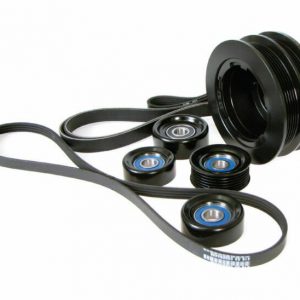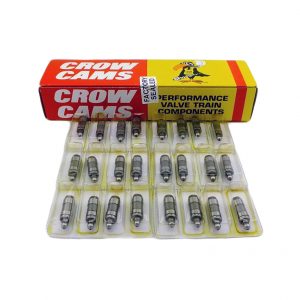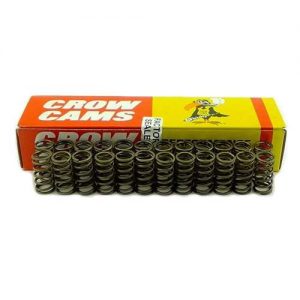Atomic Billet Superleggera Conrods – 698KW
Description
6x Superleggera Conrods
6.060” C/Centre length, to suit 22.0mm (.866”) diameter gudgeon pins. Features dowelled caps, pressurized oil feed to gudgeon pins and fitted with ARP2000 bolts. Weight – 635 grams.
WOULD SUIT:
Ford Barra DOHC Engines
OTHER INFORMATION:
Atomic billet steel conrods were designed from scratch with one principle in mind; use aerospace quality materials and sophisticated manufacturing processes to produce an extremely strong, light and durable connecting rod for the popular inline 6 cylinder Ford SOHC/DOHC engines, at an affordable price.
The Design and Evaluation Process
The Atomic engineering team set out to address these parameters by designing what many performance engine builders are now calling the finest conrod on the market for the Ford DOHC 6 cylinder engine.
Extensive CAD/CAM computer modelling was employed and produced a H-Beam design, which has an extremely high stiffness-to-mass ratio. The next step was to pick the correct materials, heat treatment and surface treatment processes to ensure durability under rigorous performance applications.
Next came FEA modelling (Finite element analysis) to simulate stresses on the conrods. This also entailed weighing every piston, gudgeon pin and ring set on the market and loading this information, plus stroke, rotating and reciprocating conrod values into our computer modelling software to calculate the stresses.
The greatest load exerted on a conrod in an engine producing 600 comes not from the force of normal combustion but from the tensile force exerted by the piston at top dead centre (TDC). At 5250 RPM the piston exerts a tensile load on the conrod of 1908 g’s (-1693 kgs) at split overlap TDC reversal. If you increase maximum engine speed by only 1000 RPM to 6250 RPM, the TDC tensile load rises by 50.4% to 2870 g’s. At 7500 RPM the tensile loading increases to 4132 g’s, clearly demonstrating the Atomic’s design strength of 8000 g’s means it has plenty in reserve.
Excessive loads at TDC are brought about by a high reciprocating mass and/or by increasing engine RPM, so it is essential to design reciprocating engine components with the lowest mass possible to minimize premature lower bearing shell bearing failure. This is particularly relevant to our customers who are turning their engines to 7500RPM+.
What about the Bolts?
Finally, we needed to hold the whole lot together and the only choice of fastener that exceeded our requirements is supplied by Automotive Racing Products (ARP) in the USA. They carried out reciprocating load calculations for us before recommending the use of a 3/8” 12 point 8740 chrome moly capscrew bolt from their range. Just to be sure we went beyond ARP’s recommendation and fitted bolts made from ARP2000 material, which is stronger and more durable than 8740 chrome moly. We source these bolts directly from the authorised Australian distributor of ARP to ensure we are getting the real thing. We have heard of “copy” ARP bolts being available and will not take any risks with critical components such as bolts.
Accuracy of Machining
Finally, sophisticated computer controlled manufacturing techniques were employed to finish the critical dimensions such as big end bore, pin bore and centre to centre length on our CNC machining centre.

